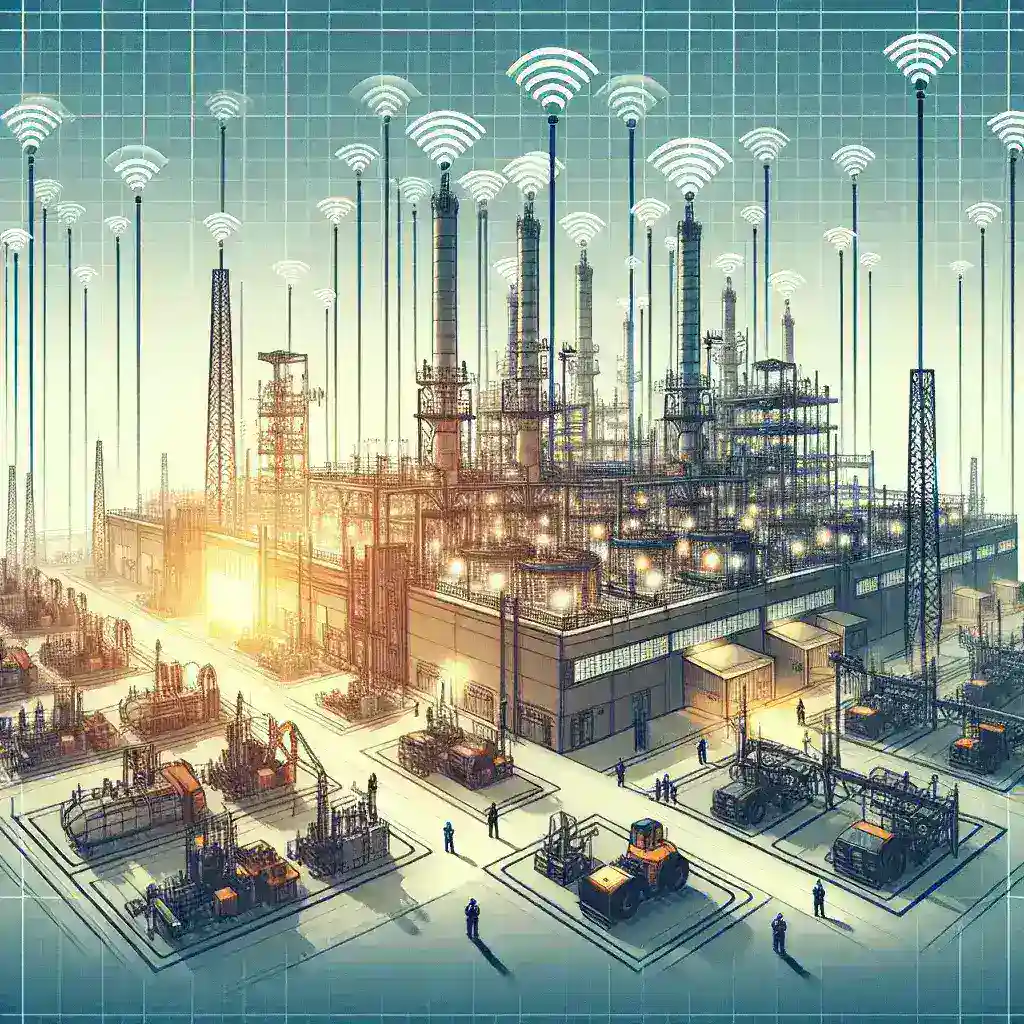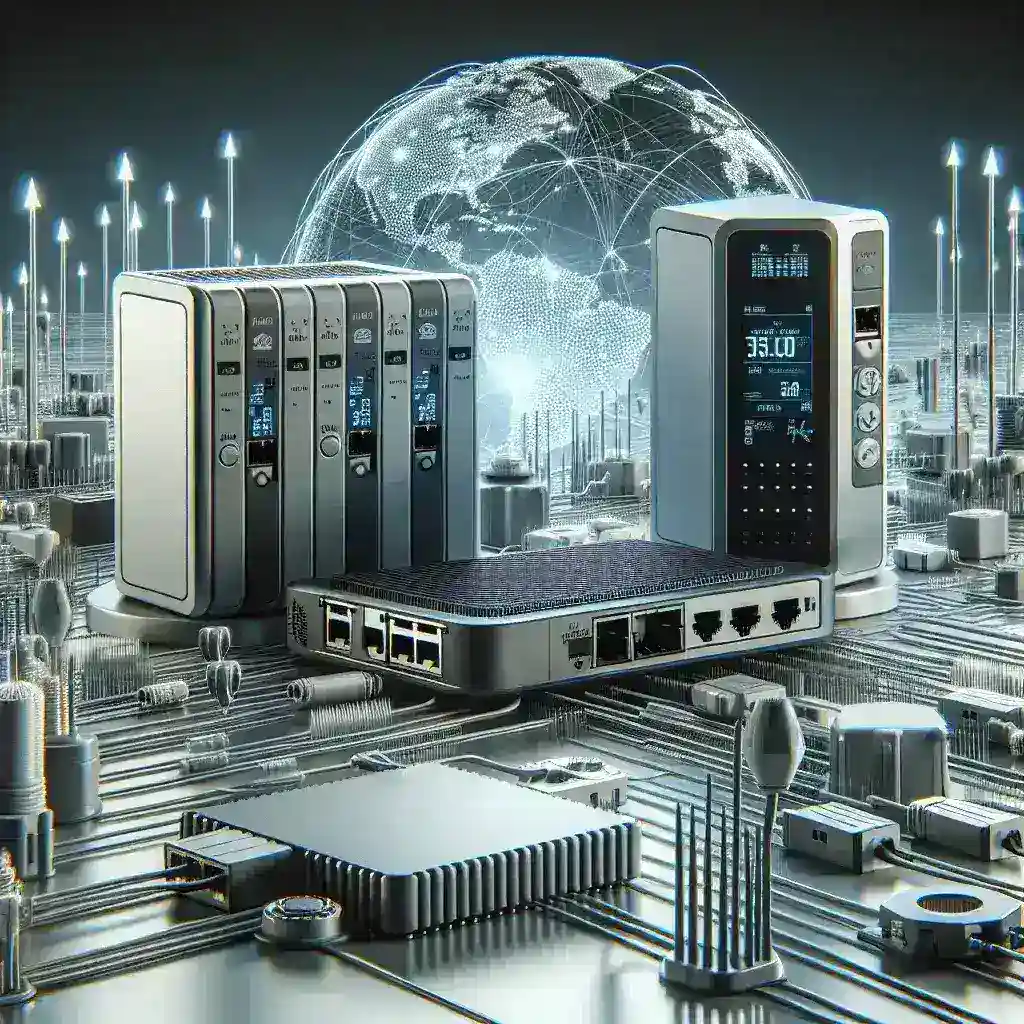Introduction
The advent of space exploration has opened up a new frontier for humanity, allowing us to reach beyond our planet and explore the cosmos. However, with these advancements come significant risks, particularly from meteors and space debris. This article delves into how AI powered meteor detection systems are transforming the safety protocols for satellites and space stations, ensuring that our ventures into space remain secure.
The Growing Threat of Space Debris
As satellites and space stations orbit the Earth, they are often at risk from meteoric activity. According to NASA, over 600,000 pieces of debris larger than a marble are currently orbiting our planet. This debris poses a threat to operational satellites and the International Space Station (ISS). With their high-speed impacts, even small pieces can cause catastrophic damage, highlighting the urgent need for effective detection and prevention systems.
Understanding Meteor Detection Systems
Meteor detection systems are technology frameworks designed to identify, track, and predict the trajectories of meteors and other debris in space. Traditional methods often rely on ground-based telescopes, which can be limited by atmospheric conditions and the sheer volume of space to monitor. AI powered systems, however, offer a sophisticated alternative.
How AI Enhances Meteor Detection
- Data Analysis: AI algorithms can analyze massive datasets from various sensors and telescopes far more efficiently than humans. They can detect patterns and predict potential collisions with remarkable accuracy.
- Real-time Processing: AI systems can process real-time data, providing immediate alerts for potential threats. This rapid response is crucial for implementing safety measures.
- Machine Learning: These systems continuously learn from new data, improving their predictive capabilities over time. This self-improving nature ensures that the system remains effective as more debris enters orbit.
Case Studies of AI Meteor Detection in Action
1. NASA’s LEONID Project
NASA has implemented AI technology in its LEONID project, focusing on predicting meteor showers and debris impacts. By leveraging machine learning, they can forecast the intensity and frequency of meteor storms, allowing for better preparation for satellite maneuvers.
2. European Space Agency’s Space Debris Office
The European Space Agency (ESA) employs AI technologies to manage and track space debris effectively. Their systems analyze debris trajectories and predict collision risks, facilitating proactive measures to protect critical assets.
The Impact on Satellite Operations
AI powered meteor detection systems have significantly transformed how satellites operate in space. By providing precise and timely information about potential impacts, these systems allow satellite operators to:
- Adjust Trajectories: Satellites can change their orbits to avoid potential collisions, ensuring their longevity and operational integrity.
- Enhance Safety Protocols: With better detection capabilities, safety protocols can be refined, minimizing the risk of accidents and damage.
- Reduce Costs: Proactive measures lead to cost savings as satellites experience fewer collisions and ultimately require less maintenance.
Challenges and Limitations
While AI powered meteor detection systems promise enhanced safety, they are not without challenges:
- Data Reliability: The accuracy of AI predictions is highly dependent on the quality of the data fed into the system. Inaccurate or incomplete data can lead to false positives or missed threats.
- Integration with Existing Systems: Integrating AI systems with current detection frameworks can be complex and expensive, requiring significant investment.
- Dependence on Technology: Over-reliance on automated systems may lead to complacency in human oversight, which is still essential in decision-making processes.
Future of AI in Space Safety
The future of AI powered meteor detection systems holds tremendous potential. As technology advances, we can anticipate:
- Improved Predictive Models: Further advancements in AI will likely lead to even more accurate predictions, enabling timely intervention.
- Global Collaboration: Space agencies around the world may collaborate on shared databases and AI systems, leading to a comprehensive global monitoring network.
- Expansion to Other Celestial Bodies: AI detection systems could eventually be adapted to monitor potential threats from asteroids or other celestial bodies, broadening the scope of space safety.
Conclusion
AI powered meteor detection systems represent a significant leap forward in protecting satellites and space stations from the ever-present threat of meteors and debris. By leveraging advanced algorithms and real-time data processing, these systems not only enhance safety but also pave the way for more ambitious space exploration endeavors. As we continue to push the boundaries of space travel, investing in these technologies will be paramount for safeguarding our ventures beyond Earth.
With AI leading the charge, the future looks promising for space safety and exploration.




Leave a Reply